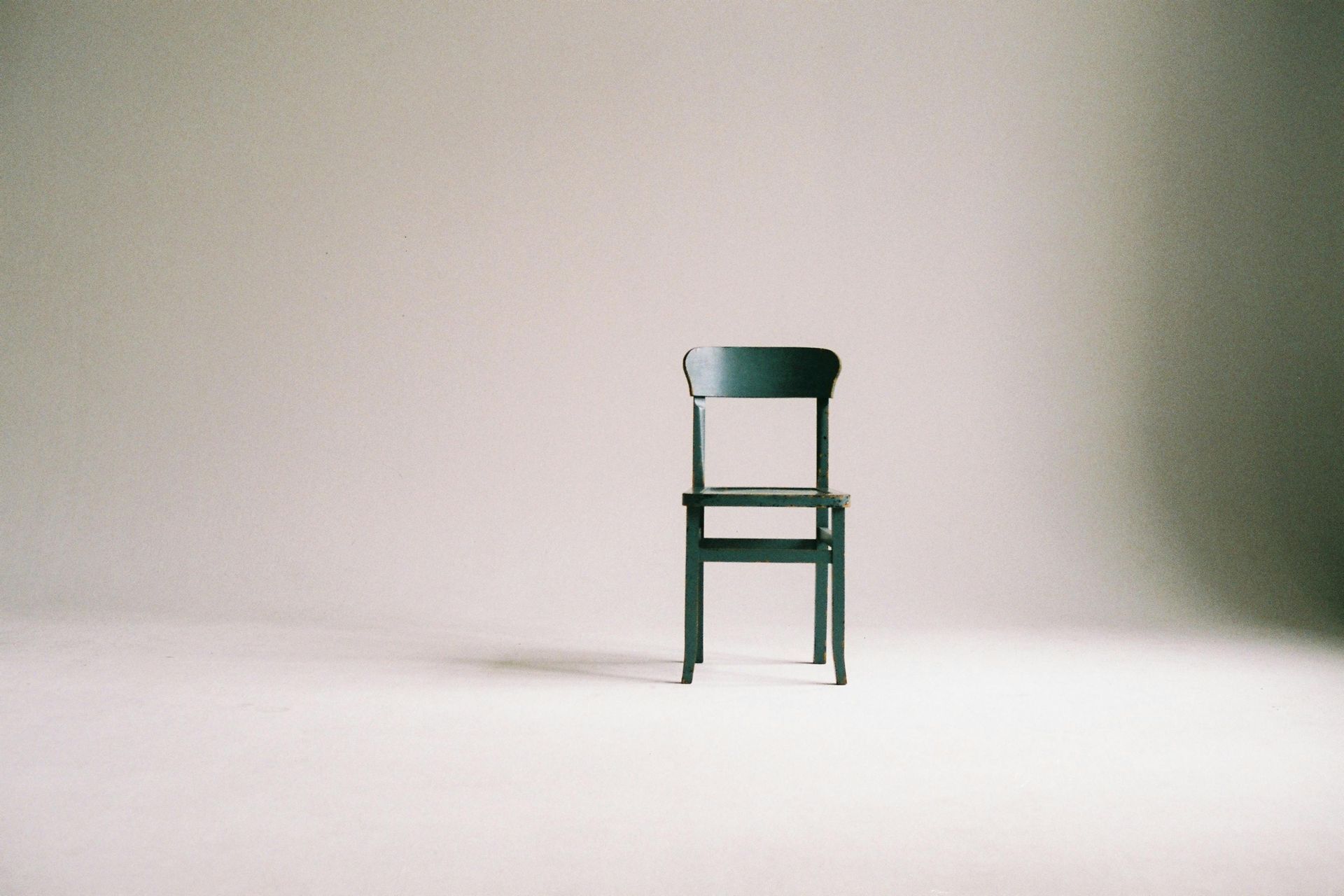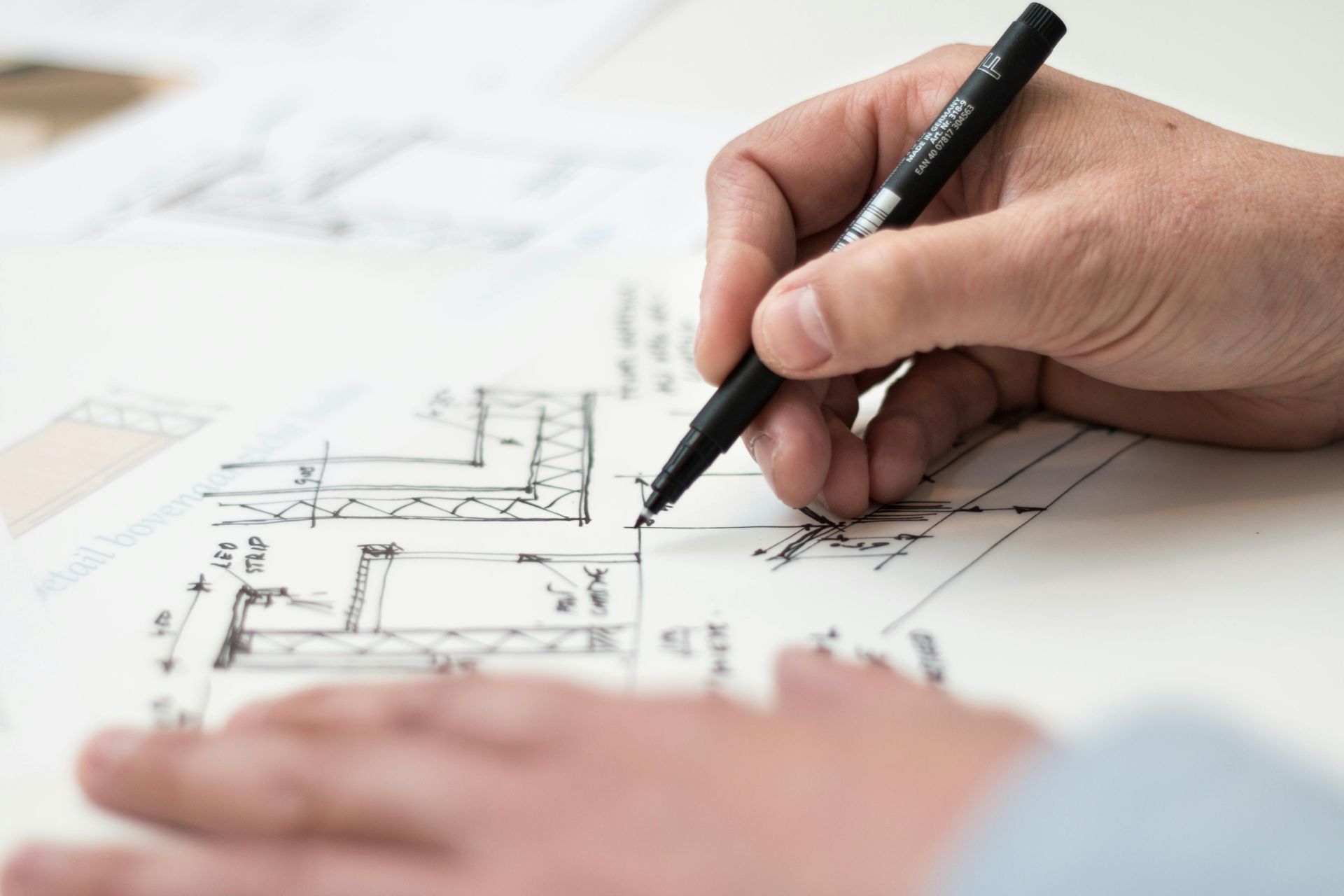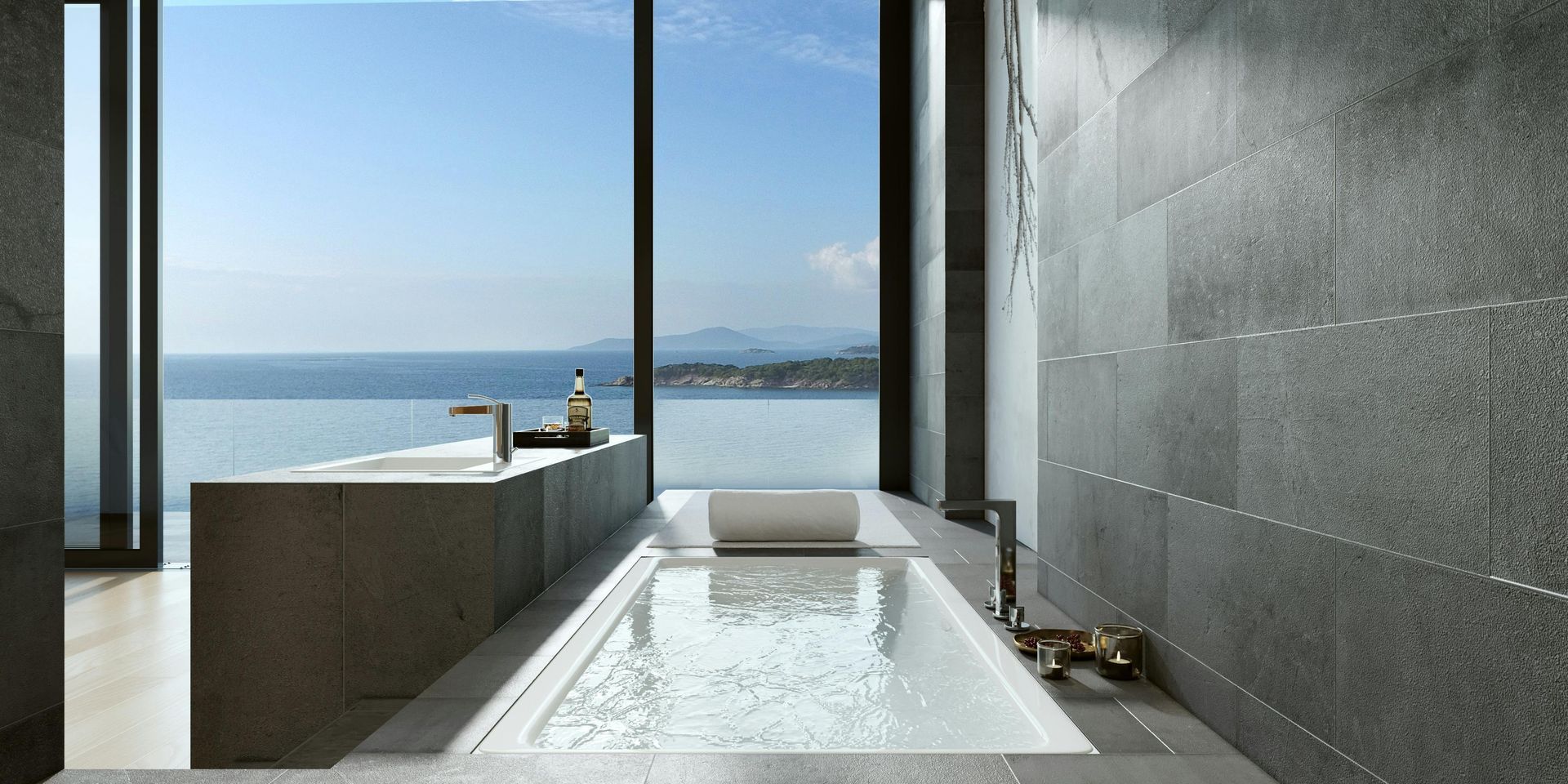ChatGPT Prompts for Faster Concept Boards
Quick-start prompts to speed up mood boards, narratives, and early concept work, without giving up your voice.
For most solo designers, concept boards are one of the most creative, and time-consuming, parts of a project. Before a single detail is drafted, we’re pulling references, finding language to express a feeling, and trying to make the abstract tangible. But with generative AI tools like ChatGPT, there’s a new way to approach the early design phase: faster, more fluid, and still deeply personal.
I’ve been experimenting with prompt recipes that take a vague idea and turn it into a story, a vibe, or even a direction for imagery in just minutes. And the beauty is, you stay in control. These tools aren’t replacing the designer; they’re unblocking the process.
Below are a few of my go-to prompts that I’ve refined through trial, error, and a lot of tweaking. Use them as-is or adapt them to your own workflow.
1. The Mood Board Kickstart
What it’s for: Getting unstuck when you’re facing a blank screen and don’t know where to start.
Prompt to try:
“Describe a mood board for a [room type] in a [design style] that reflects a [client lifestyle or personality trait]. Include key materials, dominant colors, and 3 descriptive words that define the mood.”
Why it works: It combines functional elements (room type, materials) with emotional tone, which helps ChatGPT generate a focused visual language you can then bring into Midjourney, Pinterest, or even your sample library.
2. The Narrative Builder
What it’s for: Writing a story that helps clients emotionally connect with your design direction.
Prompt to try:
“Write a short narrative from the perspective of a space-owner who wants their [space type] to feel [ambiance/emotion], inspired by [cultural or personal influence]. Describe how the design choices bring that story to life.”
Why it works: Clients don’t always connect with layouts or finishes, but they do connect with a story. This prompt helps you frame your design in human terms and builds a narrative you can weave into presentations.
3. The Variation Loop
What it’s for: Exploring multiple directions without spending hours doing new boards from scratch.
Prompt to try:
“Suggest 3 design variations of a [core idea or previous concept]. For each, give a different color palette, a surprising material choice, and a unique focal point, and explain the logic behind each.”
Why it works: Instead of starting from zero, you can quickly generate riffs on your original idea, then decide which to pursue, or blend. It’s a huge time-saver when presenting options to clients or refining your own thinking.
A Note on Staying in Control
I treat AI like a design assistant, not a creative director. These prompts help get ideas flowing fast, but I always refine what comes out. Often, the output is 80% there, and that last 20% is where I bring in my own intuition, design eye, and judgment.
At Creo, we use the same philosophy across our behind-the-scenes services. AI helps us accelerate drafting, documentation, and FF&E workflows, but every file is shaped to match each client’s voice and standards. It’s about getting to good faster, so you can focus on great.
If you’re curious to try any of these prompt structures, feel free to copy/paste and tweak them to your next project. And if you’re wondering how to pair AI with reliable production support, that’s what we’re here for.
Let the tech do the heavy lifting. You stay creative.




